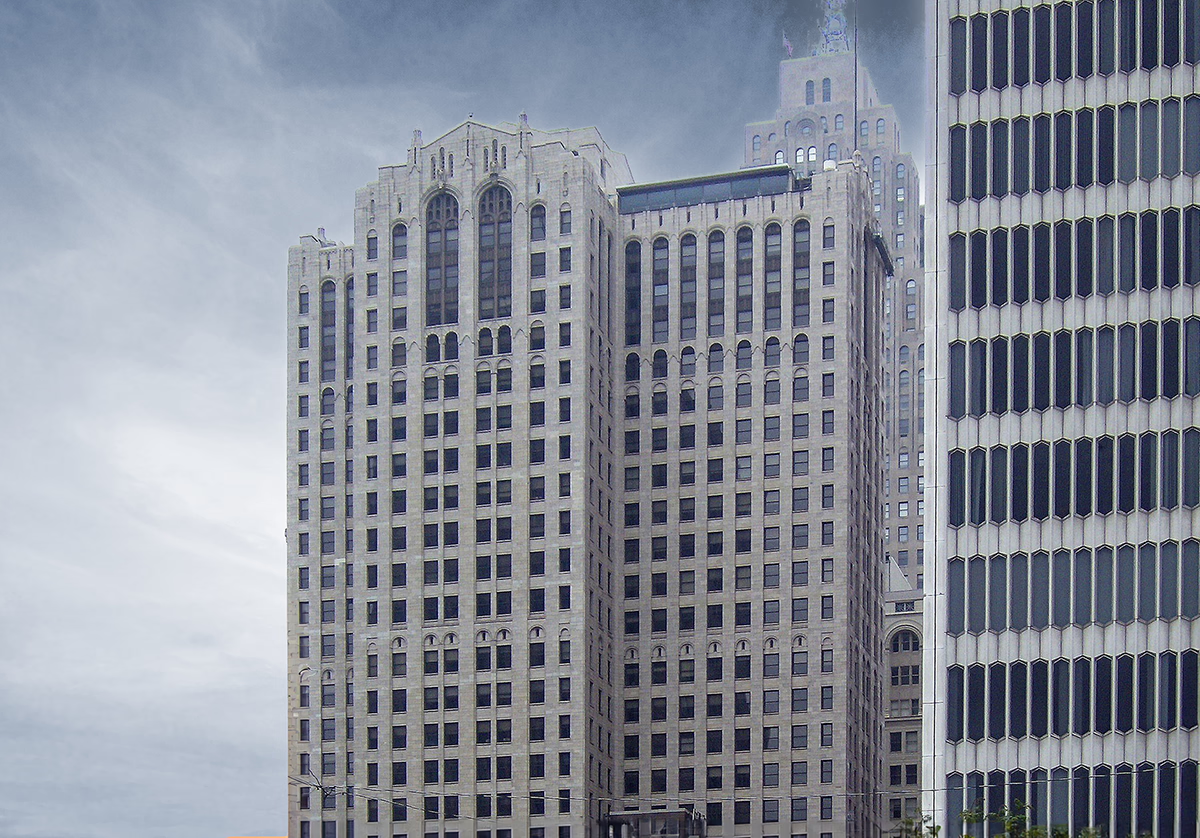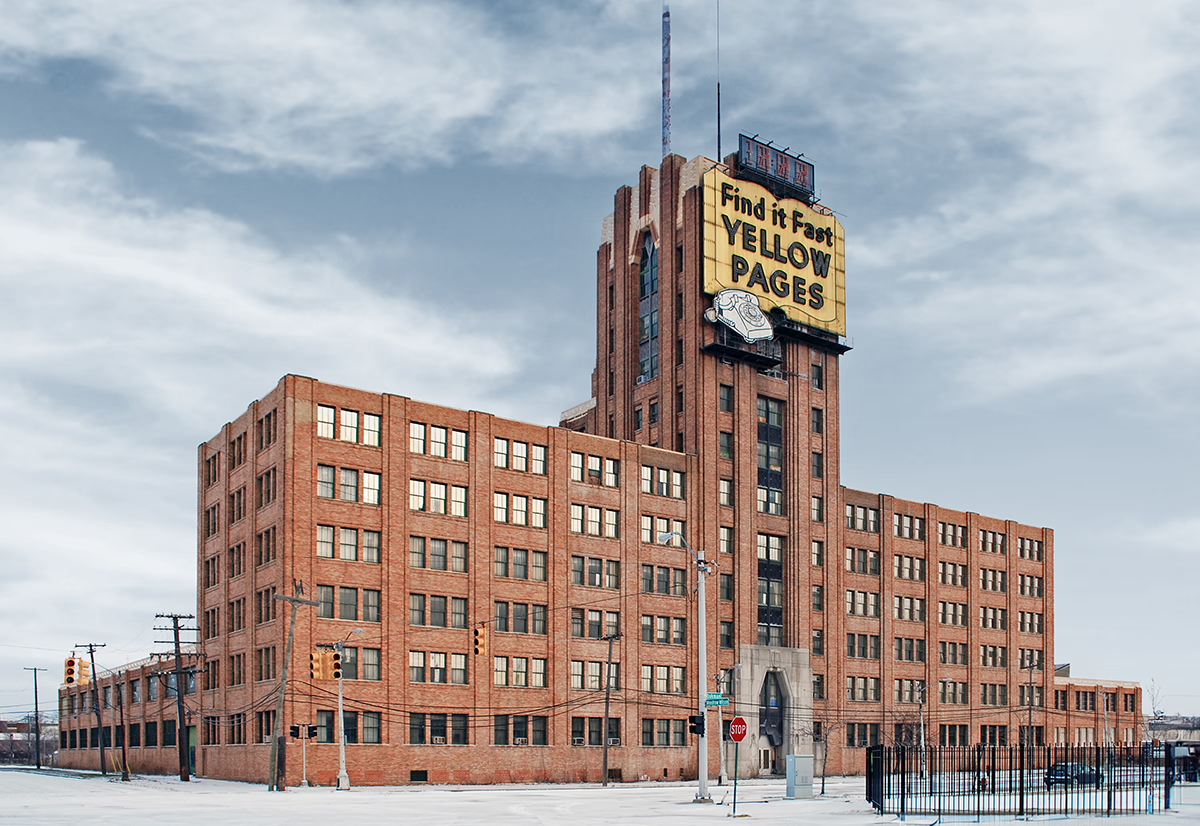Buhl Building vs Michigan Bell and Western Electric Warehouse


Comparing the Buhl Building and the Michigan Bell and Western Electric Warehouse is especially interesting because they share much in common. Both rise in Detroit, MI both were designed by Smith, Hinchman & Grylls, and they were completed within 5 years of each other.
This overlap gives us a unique opportunity to understand how Smith, Hinchman & Grylls approached different commissions in the same urban context and historical context during a short period.
Height & Size
The Buhl Building is clearly the larger tower of the two, both in terms of height and number of floors. It rises to 367ft (112m) with 27 floors above ground, while the Michigan Bell and Western Electric Warehouse reaches 0ft (m) with 12 floors above ground.
Of course, each project may have faced different briefs or regulatory constraints, which we don't really know about and could also explain the outcome.
Architectural Style
The Buhl Building was designed in the Neogothic style, while the Michigan Bell and Western Electric Warehouse reflects the principles of Art Deco.
The Buhl Building represents a late expression of the Neogothic, a style already in decline in 1925 when it was completed. By contrast, the Michigan Bell and Western Electric Warehouse followed the then mainstream Art Deco, embodying the dominant architectural direction of its time.
Uses
The Buhl Building is primarily commercial, while the Michigan Bell and Western Electric Warehouse is primarily commercial .
The Michigan Bell and Western Electric Warehouse offers 155 residential units.
Structure & Facade
Both the Buhl Building and the Michigan Bell and Western Electric Warehouse rely on a Frame structural system.
A frame structure uses a grid of columns and beams to carry the building's loads. This frees the walls from structural duties, allowing for flexible floor plans and larger windows.
They also employ the same type of facade, a Masonry facade.
A masonry facade gives the building a heavier, more traditional appearance. It often conceals a frame structure behind it, creating the look of solid walls without carrying the main loads.
| Buhl Building | Michigan Bell and Western Electric Warehouse | |
|---|---|---|
| Smith, Hinchman & Grylls | Architect | Smith, Hinchman & Grylls |
| 1924 | Construction Started | 1929 |
| 1925 | Year Completed | 1930 |
| Neogothic | Architectural Style | Art Deco |
| Commercial | Current Use | Commercial |
| 27 | Floors Above Ground | 12 |
| Frame | Structure Type | Frame |
| Steel | Vertical Structure Material | Steel |
| Concrete | Horizontal Structure Material | Concrete |
| No | Facade Structural? | No |
| Limestone | Main Facade Material | Brick |
| MI | State | MI |
| Detroit | City | Detroit |
| 535 Griswold Street | Address | 882 Oakman Boulevard |